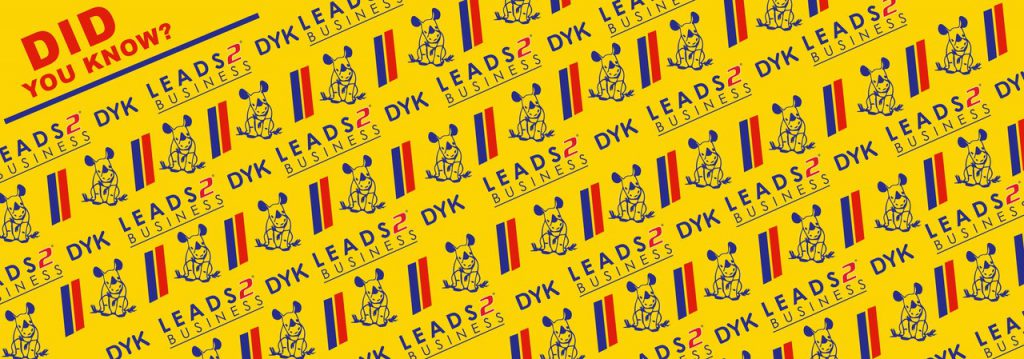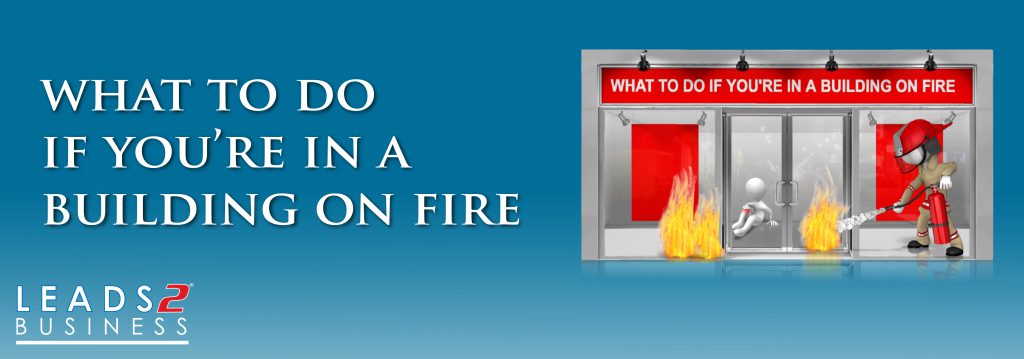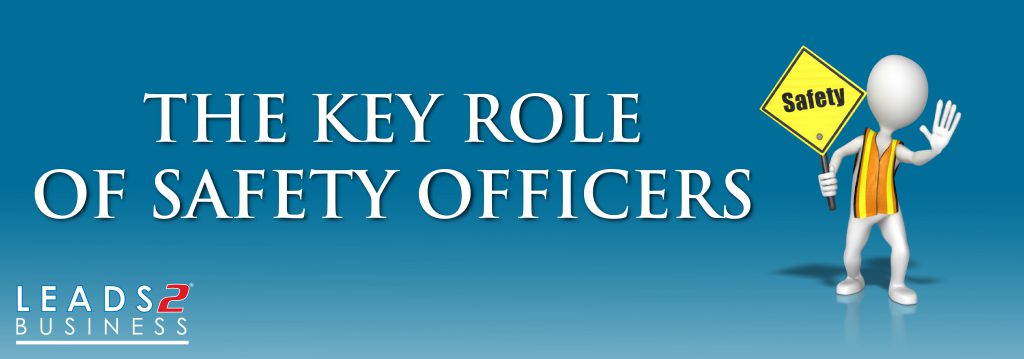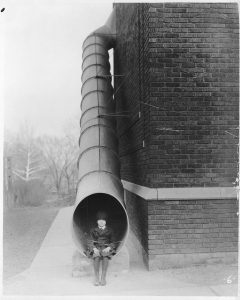Common Security Myths

Myth (noun) – An unproved or false collective belief that is used to justify a social institution
Use strong passwords and don’t go to sketchy websites, and you’ll protect yourself online, right? Well… That’s a good start. But it’s not quite that simple.
The internet is evolving and so too is cybercrime.
Myth vs Reality:

Reality: Surfing the web in private (or incognito) mode prevents the browser — like Chrome, Firefox, and Internet Explorer — from collecting data about your activities. But it doesn’t hide your browsing from your internet service provider and the websites you visit. It also doesn’t hide your IP addresses from web servers and online snoops. Private hides your history from other users on the same computer but it will be tied to your computer.

MYTH 3: Infected computers display nasty messages and are very slow.
Reality: The most dangerous hacker is not the one who wants to put a joke or a skull on your screen; it’s the one who stealthily works to take control of your computer and cause damage to your equipment or steal information they can use for their benefit. This type of hacker works to ensure that their activities are not noticed by you.
MYTH 4: I don’t go to dangerous sites, and I check my links, so I’m safe.
Reality: Your browser is the biggest vulnerability. Most recent attacks take advantage of weaknesses in browser-related technologies to compromise your system. By simply visiting a compromised website may be sufficient to allow an attacker to gain control of your system. As if this weren’t bad enough, many legitimate sites are compromised and become sources of infection. Avoid accessing the web from protected systems behind your firewall.
Myth 5: Cyber security? Just leave it to the IT department

Reality: Cyber security is a business risk, not just an IT problem. Setting up the proper technology tools to provide cybersecurity protection are necessary. Organizations, management and staff need to adopt and extend these policies to establish a unified security posture. Staff need to be trained, educated and aware of security risks. Implementing appropriate technical controls to safeguard the information that an organisation holds is the first line of defence against security threats.
Myth 6: My Wi-Fi is unhackable if I hide it
Reality: Most routers give you the option of making your network ‘invisible’. This leaves people believing that since no-one can see their network, no-one on the outside can hack their connection. If someone wants to hack your Wi-Fi, it is quite likely that they have the technical competence to know that most networks are hidden and the know-how to make them visible even though you have hidden the network name. Keep older routers up to date, use strong passwords and check your routers manual to learn how to enable WPA2 wireless encryption on your router.
Conclusion
The bottom line is IT security must be a priority for your business, no matter the size of your operation. Based on your industry and security needs, you can work with professionals to customize the appropriate level of coverage for your company. It’s important to remember to apply patches and upgrades and upgrade in a timely manner, but that will only carry you so far. The weakest link in security is still the human element.

If you are interested in becoming one of our subscribers, please visit our website.
To view notes with screenshots on how to use our website, please visit our Wiki site.
To view more articles, please visit our blog.
About Chantélle Naudé
I have been with Leads 2 Business for 9 years, working in the Leads 2 Quotes department. Mother to two beautiful daughters.
- Web |
- More Posts(9)























